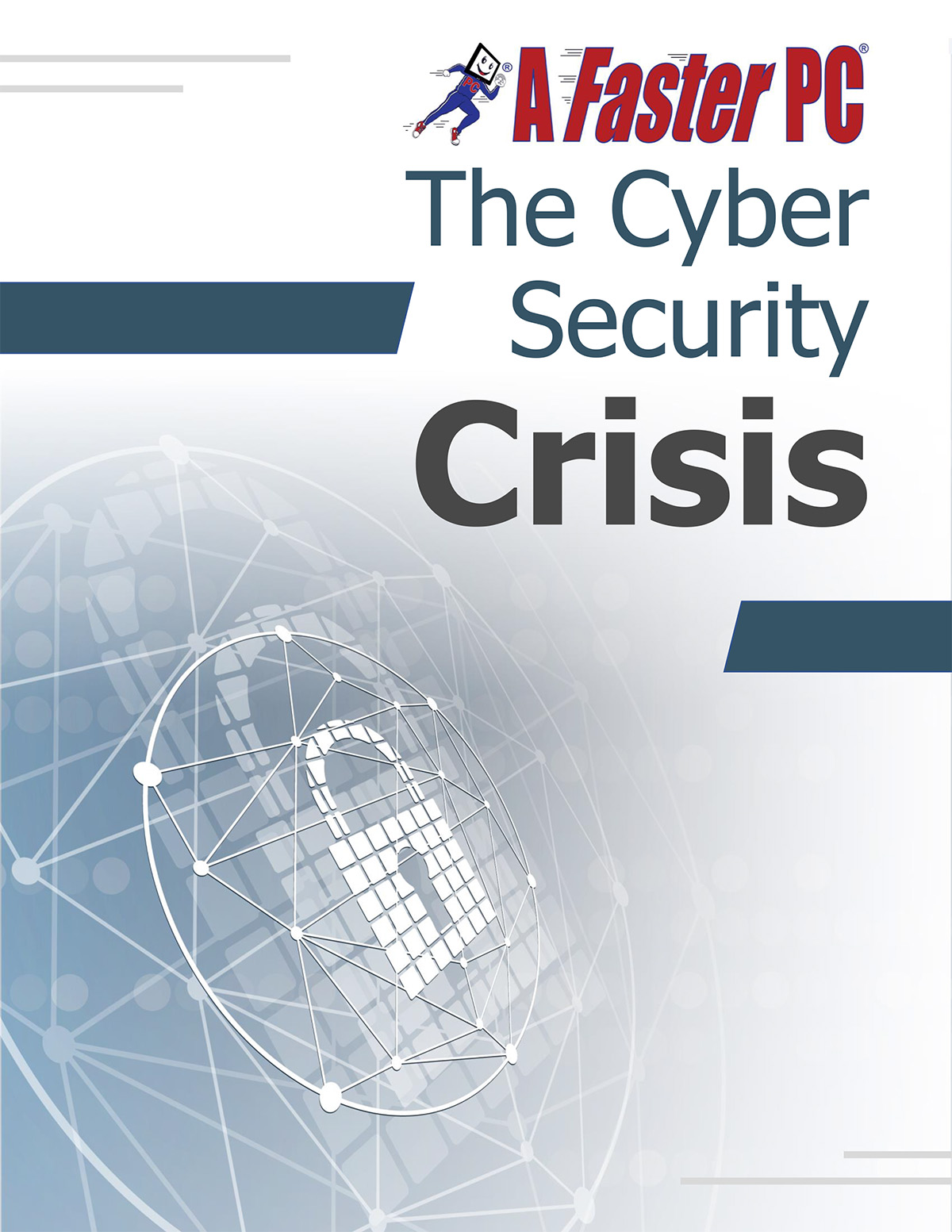
Critical Cybersecurity Threats You Need to Know—And How to Protect Yourself
By Bryan Longworth, Host of A Faster PC Live Technical Support
Cybercriminals are constantly evolving their tactics to break into computer networks, steal sensitive data, and hold systems hostage. The threats are real, and the consequences can be devastating—from financial losses to complete operational shutdowns.
In this blog post, I’ll break down the most critical cybersecurity threats we’ve seen in the past week, explain how they work, and provide actionable steps to protect your computers, networks, and data.
1. The Hazy Hawk Gang: Hijacking Trusted Domains via DNS Misconfigurations
A hacking group known as Hazy Hawk is exploiting DNS misconfigurations to hijack trusted domains—including major websites, universities, government agencies, and Fortune 500 companies.
How It Works:
-
DNS (Domain Name System) acts like a phone book for the internet, translating domain names (like
AFasterPC.com) into IP addresses. -
Hackers find abandoned or misconfigured subdomains (e.g.,
onlineaccess.BankofAmerica.com) that were once linked to cloud storage (like Amazon S3, Google Cloud, or Microsoft Azure). -
They recreate these subdomains under their control, hosting fake login pages, scams, or malware.
-
Unsuspecting users visit what looks like a legitimate site, enter credentials, and unknowingly hand them over to cybercriminals.
How to Protect Yourself:
✔ Verify subdomains—If a URL has a prefix (e.g., subdomain.example.com), confirm it’s legitimate.
✔ Use a password manager—It will only auto-fill credentials on the correct domain.
✔ Watch for phishing signs—Check for slight misspellings or unusual redirects.
2. IT Service Desks Under Attack: Social Engineering & AI Voice Spoofing
Cybercriminals are increasingly targeting IT service desks, using social engineering and even AI voice cloning to trick support agents into resetting passwords or bypassing security.
How It Works:
-
Attackers impersonate employees, sometimes using spoofed caller IDs and AI-generated voice clones (e.g., mimicking a CEO or even a grandchild in distress).
-
They manipulate help desk staff into granting access or resetting credentials.
How to Protect Your Business:
✔ Implement multi-factor authentication (MFA) for all account changes.
✔ Train service desk teams to verify identities through secondary channels.
✔ Use biometric verification where possible to prevent voice spoofing.
3. Critical Zero-Day Flaws in Versa Networks’ SD-WAN & SASE Platforms
A series of zero-day vulnerabilities in Versa Networks’ SD-WAN and SASE platforms could allow attackers to remotely execute malicious code, disrupt networks, or escalate privileges.
Key Risks:
-
Attackers can take control of edge network infrastructure.
-
No publicly available patches yet, despite vendor claims.
What You Should Do:
✔ Monitor for updates and apply patches immediately when released.
✔ Segment critical networks to limit breach impact.
✔ Deploy intrusion detection systems (IDS) to spot exploitation attempts.
4. 100+ Malicious Chrome Extensions Stealing Logins & Injecting Ads
Researchers uncovered over 100 fake Chrome extensions designed to:
-
Hijack browser sessions (stealing active logins to banks, email, etc.).
-
Steal credentials via fake login prompts.
-
Inject malicious ads into web pages.
How to Stay Safe:
✔ Only install extensions from verified developers.
✔ Review permissions—if an extension requests excessive access, avoid it.
✔ Regularly audit & remove unused extensions.
5. “Ghost Buckets”: Abandoned Cloud Storage Becoming a Supply Chain Threat
Many companies leave old Amazon S3 buckets (cloud storage) unsecured after abandoning them. Hackers are now exploiting these "ghost buckets" to:
-
Distribute malware through old software downloads.
-
Compromise supply chains by injecting malicious code into archived files.
Protection Steps:
✔ Properly decommission unused cloud storage.
✔ Scan for exposed buckets and enforce strict access controls.
✔ Monitor for unauthorized access attempts.
6. Cisco Patches High-Severity DoS & Privilege Escalation Flaws
Cisco released urgent patches for multiple high-severity vulnerabilities, including:
-
Denial-of-service (DoS) attacks that could crash systems.
-
Privilege escalation allowing attackers to gain admin rights.
Action Required:
✔ Update Cisco Secure Client & Identity Services Engine immediately.
✔ Assume attackers will exploit these soon—delay = risk.
7. Ransomware Attack Costs Marks & Spencer $400 Million
The DragonForce ransomware group hit Marks & Spencer (M&S), causing:
-
Online shopping shutdowns (expected to last months).
-
Stolen customer data (payment cards, order history, contacts).
-
Projected $400 million in losses from recovery, fines, and lost sales.
Lessons for Businesses:
✔ Back up critical data offline.
✔ Segment networks to limit ransomware spread.
✔ Train employees on phishing & social engineering risks.
Final Thoughts: Don’t Wait Until It’s Too Late
Cyber threats are growing more sophisticated every day—but with the right precautions, you can significantly reduce your risk.
Need Help? Contact Us Today!
For tech support, patch management, and cybersecurity, contact A Faster PC:
📞 Call us: 772-878-5978.
🛡️ Download Our FREE Cybersecurity Report.
💻 Get tech support help today!
🔒 Need help securing your devices? You need A Faster PC! If you want to take your cybersecurity to the next level, call A Faster PC at 772-878-5978.



